Introduction
Survey stakes are essential tools in construction, landscaping, and surveying. They help mark boundaries and guide projects effectively. Available in various materials, including wood, plastic, and metal, each type serves unique purposes. This article aims to provide a comprehensive understanding of survey stakes, their types, uses, and best practices.
Summary and Overview
Survey stakes are markers used to indicate specific locations or boundaries on a project site. Their primary functions include marking property lines, guiding construction, and aiding landscaping efforts. The key types of survey stakes include wooden, plastic, and metal options.
Wooden stakes are traditional and provide a sturdy option for temporary marking. Plastic stakes are lightweight and durable, making them suitable for various applications. Metal stakes offer permanence and are often used for long-term projects.
Understanding the different types of survey stakes will help you choose the right one for your needs. This article will cover various aspects, including types, key features, applications, and best practices for using survey stakes effectively.

Types of Survey Stakes
Wooden Survey Stakes
Wooden survey stakes are classic markers. They’re sturdy and widely used in various projects. You can find them in two main types: hardwood and softwood. Hardwood stakes, made from dense trees like oak, last longer and resist bending. Softwood stakes, like pine, are lighter and more affordable. They work well for temporary applications. Wooden stakes are commonly used in construction, agriculture, and landscaping. Their natural appearance blends nicely with outdoor settings.
For those who prefer a touch of eco-friendliness, check out these Eco-Friendly Survey Stakes. They’re like the superheroes of the stake world—saving the planet one marking at a time!

Plastic Survey Stakes
Plastic survey stakes offer several advantages over wooden options. They are lightweight and easy to transport. This material doesn’t rot, making it ideal for long-term use. Plastic stakes are also highly visible, often available in bright colors. They are perfect for construction, landscaping, and utility marking. Industries love them for their durability and resistance to various weather conditions. You can quickly spot these stakes on a busy site, ensuring that your projects run smoothly.
Don’t forget to grab some Plastic Survey Stakes for your next project. They’re like the party guests who never leave a mess—easy to handle and always ready to work!

Metal Survey Stakes
Metal survey stakes provide a robust option for marking important boundaries. They are incredibly durable and often made from stainless steel. This material resists corrosion, making them perfect for permanent markers. You’ll find them in various designs, including pointed and flat heads. Metal stakes are commonly used in construction and surveying projects that require long-lasting solutions. Their strength ensures they can withstand harsh conditions while maintaining accuracy over time.
When it comes to durability, you can’t go wrong with Metal Survey Stakes. They’re like the rock stars of the marking world—hard, tough, and ready to take on anything!

Eco-Friendly Options
Eco-friendly survey stakes are gaining popularity. These options are made from biodegradable or recycled materials. They offer an environmentally friendly alternative to traditional stakes. Using these stakes helps reduce waste and support sustainable practices. Industries are increasingly adopting eco-friendly stakes for temporary marking, especially in sensitive areas. By choosing these options, you contribute to a greener future while effectively marking your project boundaries.

Key Features and Considerations
Size and Dimensions
Choosing the right size for survey stakes is crucial. The dimensions directly impact their effectiveness for specific applications. Common sizes include 36-inch and 48-inch options, but you can also find stakes ranging from 24 inches to 72 inches. These varied lengths allow you to select the perfect stake for your project needs. Whether you’re marking property boundaries or guiding construction, the right dimension ensures accuracy and visibility.

Need something to measure those dimensions? Check out this Measuring Tape. It’s the unsung hero of any project, ensuring you don’t accidentally build your fence three inches too short!
Visibility and Marking
Visibility is key in construction and surveying. Color-coded stakes enhance this aspect significantly. Different colors indicate various purposes, making it easy for workers to identify their function at a glance. For example, red may mark electric lines, while yellow signifies gas lines. Using a consistent marking system improves safety and efficiency on site. When everyone understands the color codes, confusion and errors are minimized.
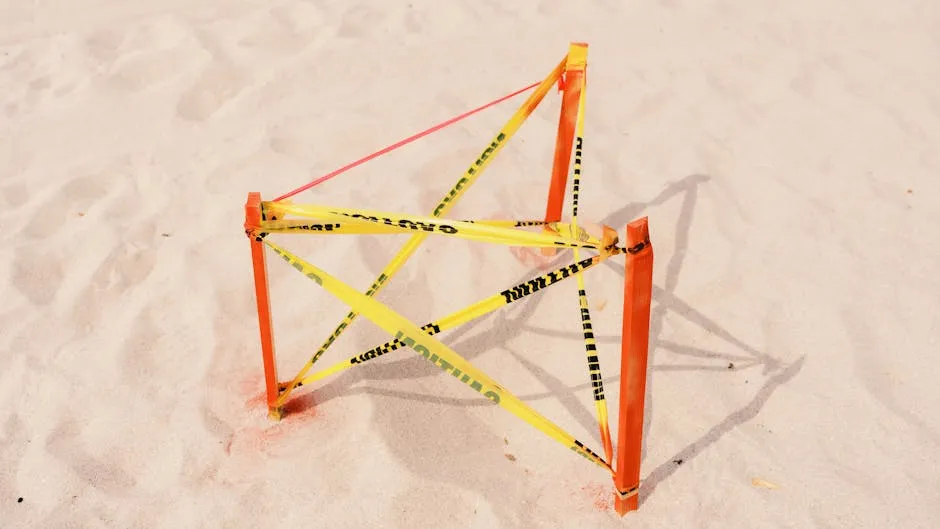
To ensure you’re prepared for any marking job, consider a High-Visibility Construction Vest. Stand out and stay safe while you’re busy marking away!
Durability and Weather Resistance
The lifespan of survey stakes depends on their material. Wooden stakes may rot or warp, while plastic and metal options offer greater durability. Weather-resistant stakes can withstand rain and sun, maintaining their integrity over time. For example, stainless steel stakes resist corrosion, making them ideal for long-term use. Understanding these factors helps you choose durable survey stakes suitable for your specific environmental conditions.
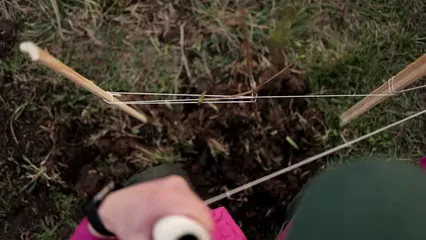
Additionally, using a Heavy-Duty Tarp can protect your stakes and other tools from the elements. Think of it as a cozy blanket for your equipment—keeping everything safe and sound!
Applications of Survey Stakes
Construction Projects
Survey stakes play a vital role in construction. They help mark out building foundations and property lines. Without them, it would be challenging to ensure accurate layouts. For instance, contractors often use stakes to outline the corners of a new home. This helps visualize the space and prevents costly mistakes. In larger projects, like highways or bridges, stakes guide the entire construction process. They ensure that everything aligns correctly from start to finish.
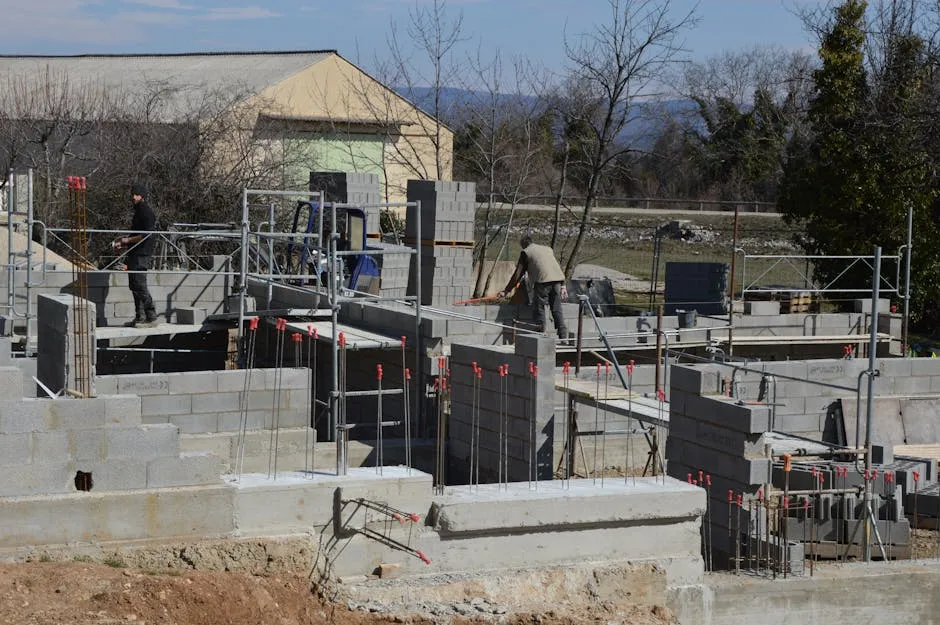
Don’t forget to stock up on a Surveying Equipment Set for your next big project. It’s like having a Swiss Army knife for construction—everything you need, all in one handy kit!
Landscaping and Gardening
In landscaping, survey stakes are indispensable. They help define garden beds and pathways, making planning easier. You can easily visualize the layout before planting. For gardeners, stakes serve multiple purposes. They can support young plants or mark where seeds were sown. Using stakes in your garden prevents overcrowding and promotes healthy growth. Gardeners often use brightly colored stakes to add a fun touch while keeping everything organized.

For the gardening enthusiast, consider adding Garden Markers to your toolset. They’re perfect for labeling your plants and ensuring you don’t accidentally pull out your prized heirloom tomatoes!
Utility and Surveying
Survey stakes are crucial for utility marking and land surveying. They indicate where underground utilities lie, preventing accidental damage during excavation. Accurate marking is essential in these fields. It ensures safety and compliance with regulations. In surveying, stakes help establish reference points and boundaries. Surveyors rely on them to create precise maps and plans. This accuracy is vital for property disputes and development projects.
For more detailed information on the essential aspects of survey stakes, you can refer to our comprehensive guide here.
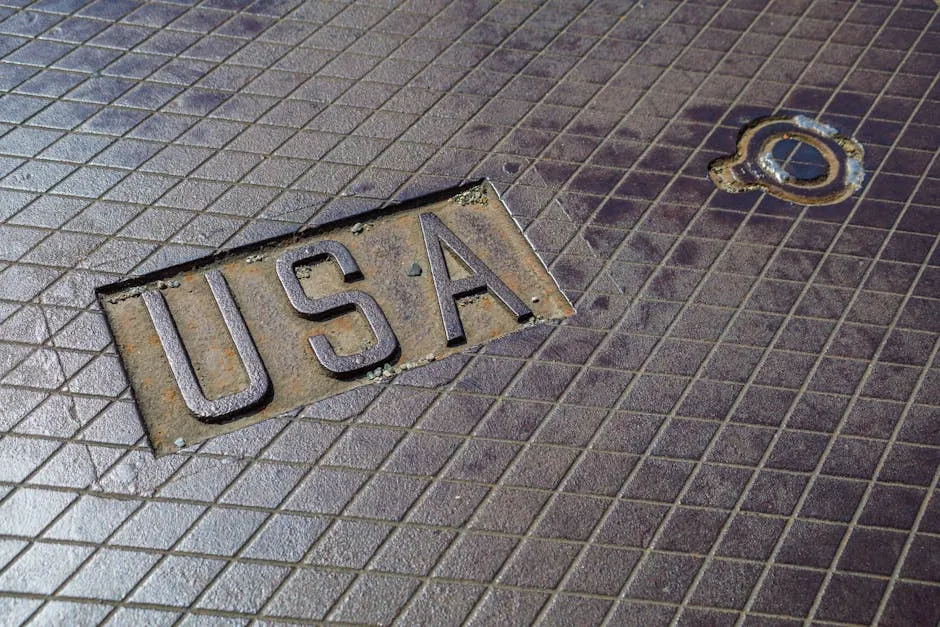
Understanding the essential features of survey stakes can greatly improve your project outcomes. Learn more about survey stakes here.
Best Practices for Using Survey Stakes
Proper Installation Techniques
To install survey stakes correctly, follow these steps:
- Choose the Right Location: Identify where the stake needs to go.
- Clear the Area: Remove any debris or obstructions.
- Drive the Stake: Use a hammer or mallet to drive it into the ground until the top is level with the surface.
- Check Alignment: Ensure it’s straight and properly aligned with your project markings.
- Mark the Stake: Use a permanent marker for identification.
Avoid common mistakes, such as:
- Placing stakes too close together.
- Not ensuring visibility.
- Driving stakes at an angle instead of straight.

Maintenance and Care
Maintaining survey stakes is vital for longevity. Here are a few tips:
- Inspect Regularly: Check for damage or wear.
- Clean the Stakes: Remove dirt or debris to ensure visibility.
- Store Properly: Keep wooden stakes indoors to avoid moisture.
To prolong the lifespan of wooden stakes, consider applying a weather-resistant sealant. This will protect them from rotting and extend their usability for future projects.
Safety Considerations
When using survey stakes on construction sites, prioritize safety. Here’s how:
- Mark Clearly: Use bright colors for visibility.
- Educate Workers: Ensure everyone understands stake locations and purposes.
- Use Caution: Avoid areas where stakes may pose tripping hazards.
Visibility is crucial to prevent accidents. Color-coded stakes help workers quickly identify different markers, enhancing overall site safety.
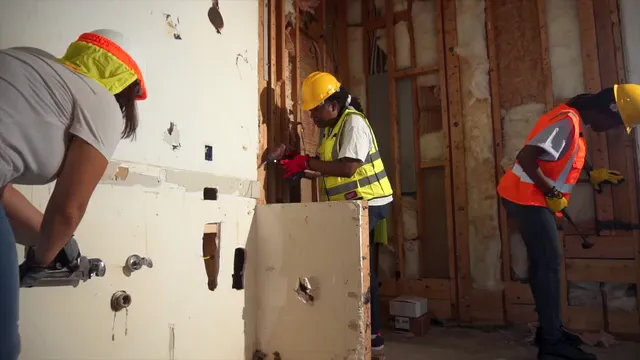
For your safety, consider investing in a Safety Goggles. Protect your eyes while you’re busy marking away—because nobody wants a surprise in the eye!
Please let us know what you think about our content by leaving a comment down below!
Thank you for reading till here 🙂
All images from Pexels




